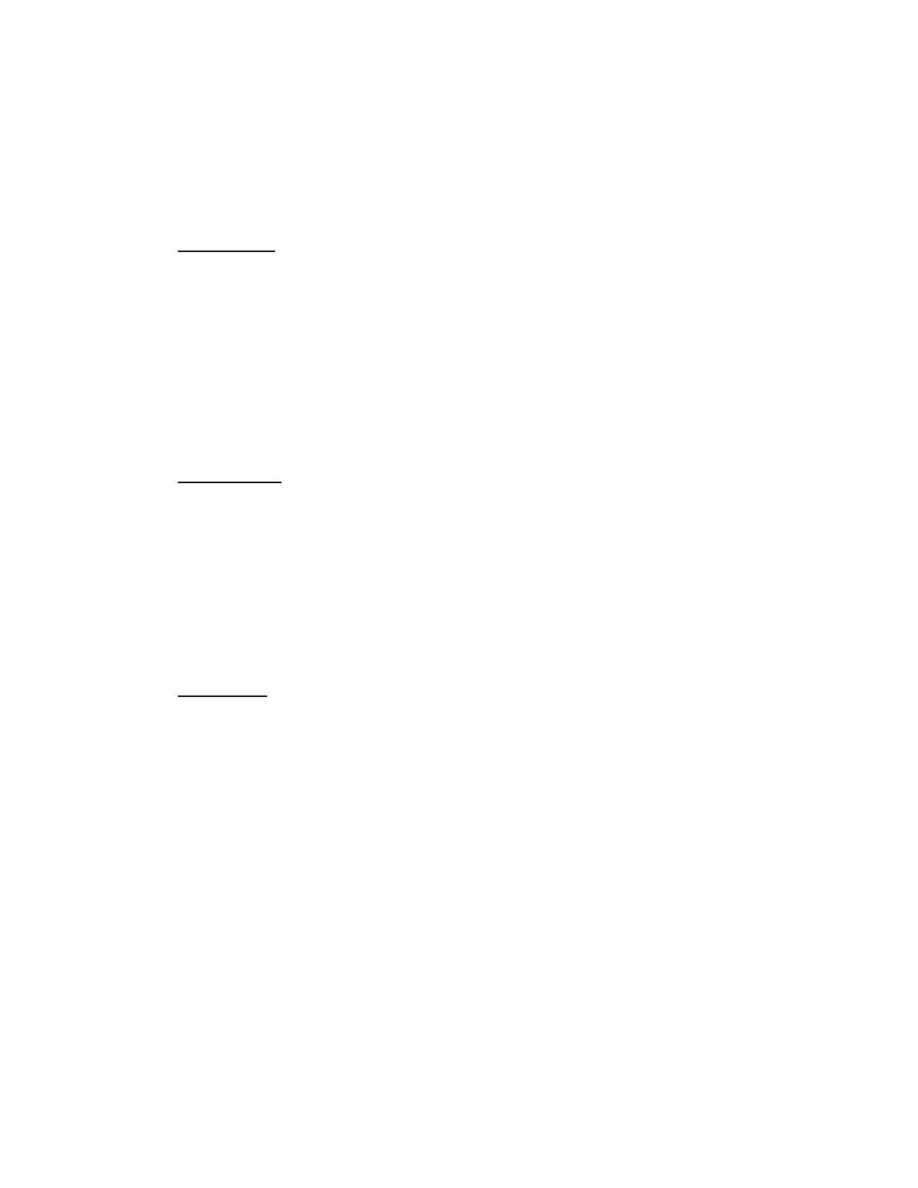
45
established high altitude illness, however, forced overhydration should be avoided
because it may increase fluid retention and worsen symptoms (category 2
recommendation).
E.
Drug Prophylaxis: Several drugs can lessen the symptoms of high-altitude illness.
In general, use of drugs to prevent high altitude illness is reserved for those
persons with a prior history on previous ascents.
1.
Acetazolamide: Effective for prophylaxis of AMS (category 1A
recommendation). The indications for acetazolamide prophylaxis are a forced rapid
ascent, proceeding to sleeping altitude greater than about 9,000 feet (2,700 meters) in one
day from less than 3,500 feet (1,000 meters), or a history of previous AMS at similar
rates of ascent. Acetazolamide is considered the drug of choice for chemoprophylaxis of
AMS.
The dose of acetazolamide for adults is 250 mg twice a day, starting the day
before ascent. The dose for children is 4 mg/kg/day.
Common side effects from this drug include peripheral paresthesias, altered taste,
and polyuria. As this drug is a diuretic, the increase in urine fluid loss needs to be
replaced. Contraindications are pregnancy, metabolic or respiratory acidosis, or allergy to
sulfa drugs. Myopia is rare and reversible with cessation.
2.
Dexamethasone: May be used to prevent AMS (category 1A recommendation)
either for those who cannot take acetazolamide, or for a forced rapid ascent to very high
altitude, such as flying to over 14,000 feet (4,250 meters) on an overnight rescue.
The dosage for adults is 4 mg orally every 6-8 hours. Starting the medication two
to four hours prior to ascent is probably adequate, although the exact timing for
beginning and discontinuing the medication has not yet been established. Discontinuing
dexamethasone before acclimatization has taken place may "unmask" the symptoms of
AMS.
Dyspepsia, bizarre dreams, dysphoria, and euphoria occasionally occur. On longer
treks or expeditions it is more problematic to start and stop dexamethasone as compared
to acetazolamide because of the potential effects on the adrenal axis.
3. Ginkgo biloba: A newer, and more controversial, alternative for
pharmacological prophylaxis of AMS (category 3 recommendation). Studies have been
conflicting regarding efficacy. In small randomized controlled studies ginkgo biloba has
been found to be effective in preventing AMS and in reducing severity. In a larger study
comparing ginkgo biloba to acetazolamide in prevention of AMS in a Himalayan
trekking population, however, ginkgo biloba was not effective but acetazolamide 250 mg
twice daily was effective. At this point, the efficacy of ginkgo biloba for prevention of
AMS remains uncertain and further studies are required. Doses used in the studies are 80
to 120 mg by mouth two times a day starting five days before ascent. Ginkgo biloba may
increase bleeding risk in persons on anticoagulant or anti platelet drugs, otherwise there
are essentially no side effects.
